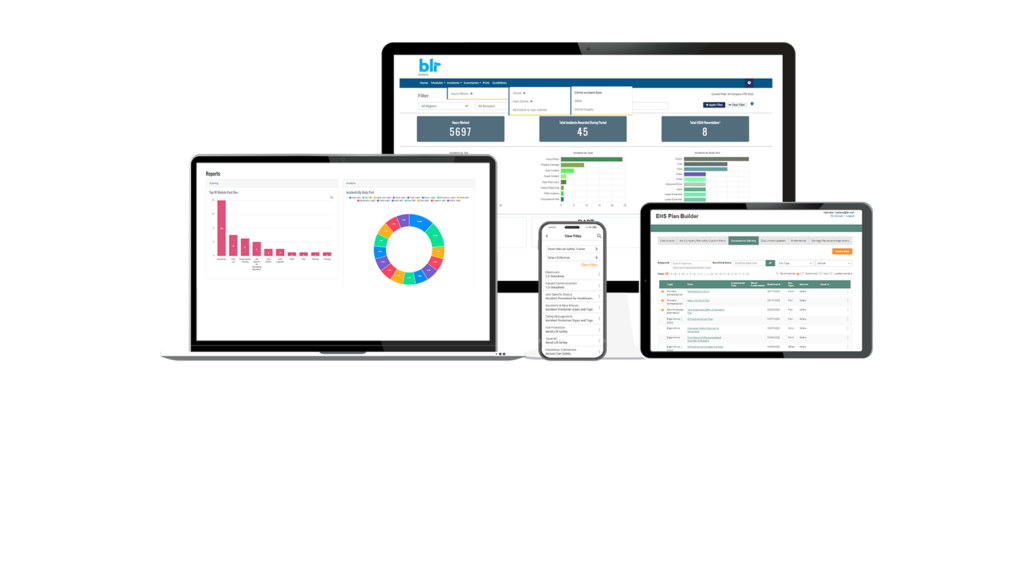
Why safety software is crucial for the construction industry
In an industry where worker safety is paramount, it is crucial for the construction sector to adopt and utilize safety software to mitigate occupational hazards and safeguard their workforce. According to the Bureau of Labor Statistics, in the United States in 2021 there were 5,190 workplace fatalities recorded, emphasizing the pressing need for effective safety measures to be established.
From communication to documentation and training, the right software tools can facilitate all of the important processes of a well-thought-out safety program. The following are a few of the most important benefits of safety software to construction companies and related firms.
Improved documentation
Offer a convenient solution for firms of any size to comply with Occupational Safety and Health Administration (OSHA) regulations by accurately recording and documenting their workers’ accidents and illnesses. Not only does this streamline the reporting process, but it also facilitates efficient trend analysis and investigation.
Rather than sifting through stacks of paper records, safety personnel can swiftly search for specific incidents and consolidate data from various jobsites, work crews, and time frames. These capabilities enable companies to identify their most hazardous areas, allowing them to develop focused plans to enhance worker safety.
Consistent communication
Communication gaps have long been a leading cause of construction worker injuries and fatalities. While foremen and other supervisors may have a clear understanding of the hazards their employees face, failing to effectively communicate those risks hinders workers from avoiding them. Fortunately, there are now tools available to facilitate the transmission of crucial information, such as risks, procedural changes, and equipment requirements throughout the chain of command.
In a similar vein, streamlines the communication and documentation of lockout/tagout (LOTO) procedures. By implementing a digital process, workers no longer need to worry about outdated or inadequate processes. Instead, they can rely on the software to access detailed information about when and by whom a piece of equipment was locked out. This automation improves overall accuracy and efficiency, enhancing workplace safety.
Clear policies and procedures
For a safety initiative to have a meaningful impact, effective communication throughout the company is crucial. This is where policy and procedure management tools play a vital role, offering a centralized and easily accessible hub for important updates within an organization. While traditional methods like meetings and physical bulletin boards remain important for sharing changes, the digital environment greatly enhances the likelihood of everyone being brought up to speed on crucial information.
Regular training and recertification
Regular safety training is one of the best ways to reduce accidents and illnesses in the workplace. However, managing training for an organization with numerous workers can be complex, as they all have varying educational backgrounds, work experience, and prior training. To address this challenge, a digital safety training management tool is a valuable solution. It allows safety personnel to easily identify employees who require regular training or recertification, especially after preventable accidents occur.
Efficient job safety analysis
Construction safety software plays a crucial role in the industry, particularly in simplifying the important task of job safety analysis (JSA). Traditionally, JSAs can be time-consuming and resource-intensive, causing many companies to neglect updating them for several years.
However, digitizing this process allows safety managers to perform them quickly, efficiently, and on a regular basis. This shift toward the frequent JSAs allows for better insights into the various hazards workers may encounter during different tasks, ultimately resulting in improved policies and procedures to protect them.
For construction companies aiming to enhance their workers’ safety and bolster their overall performance, a comprehensive safety suite is the most effective tool. By using a single solution, companies can take advantage of various benefits, such as streamlining JSAs, managing safety protocols, and tracking incidents or near misses.


